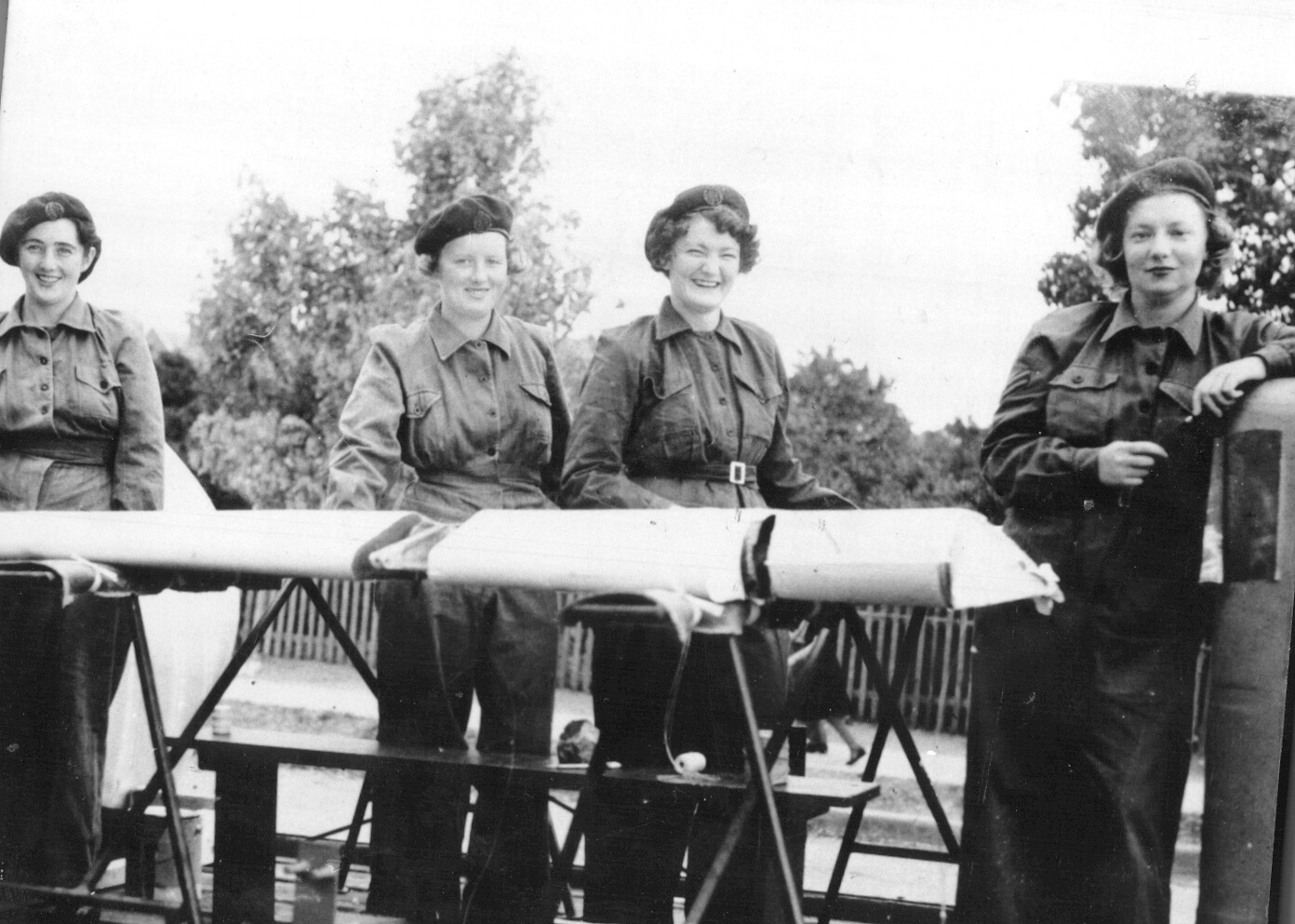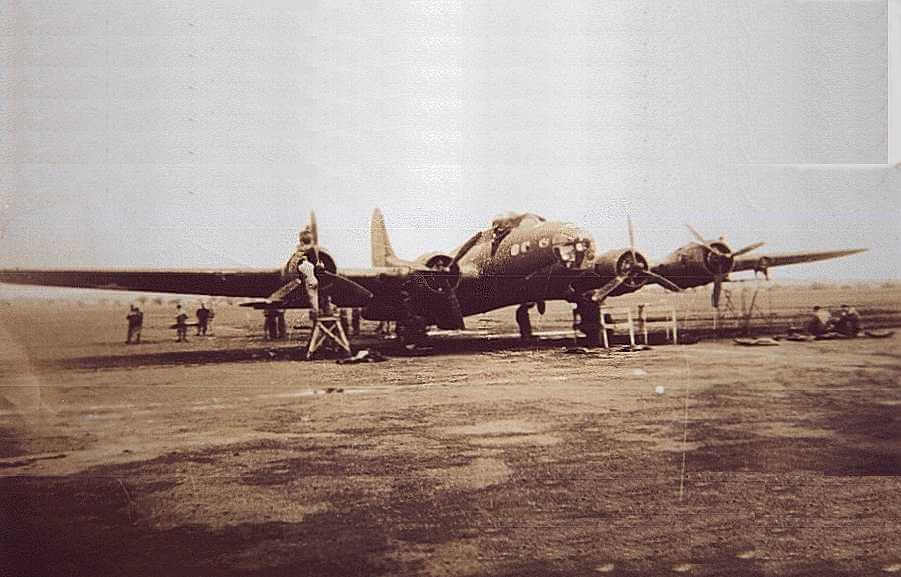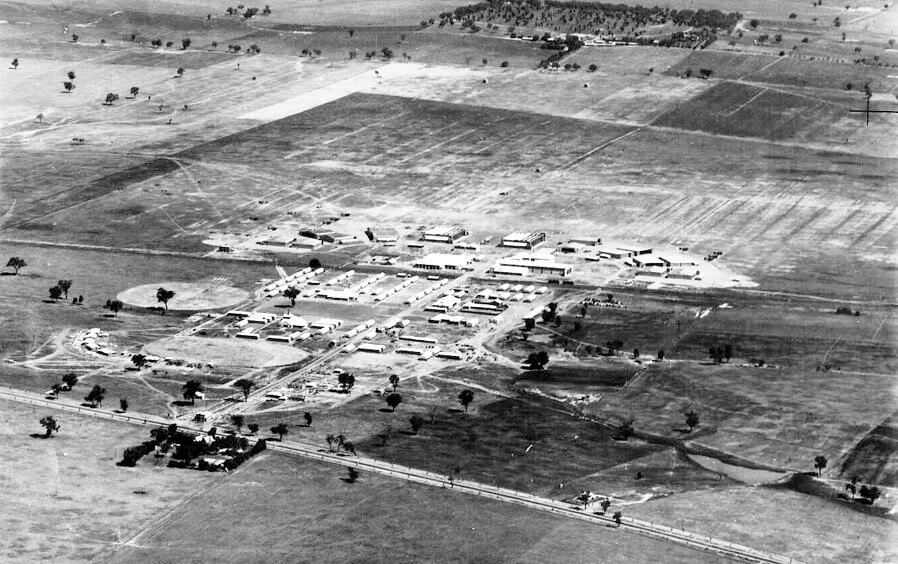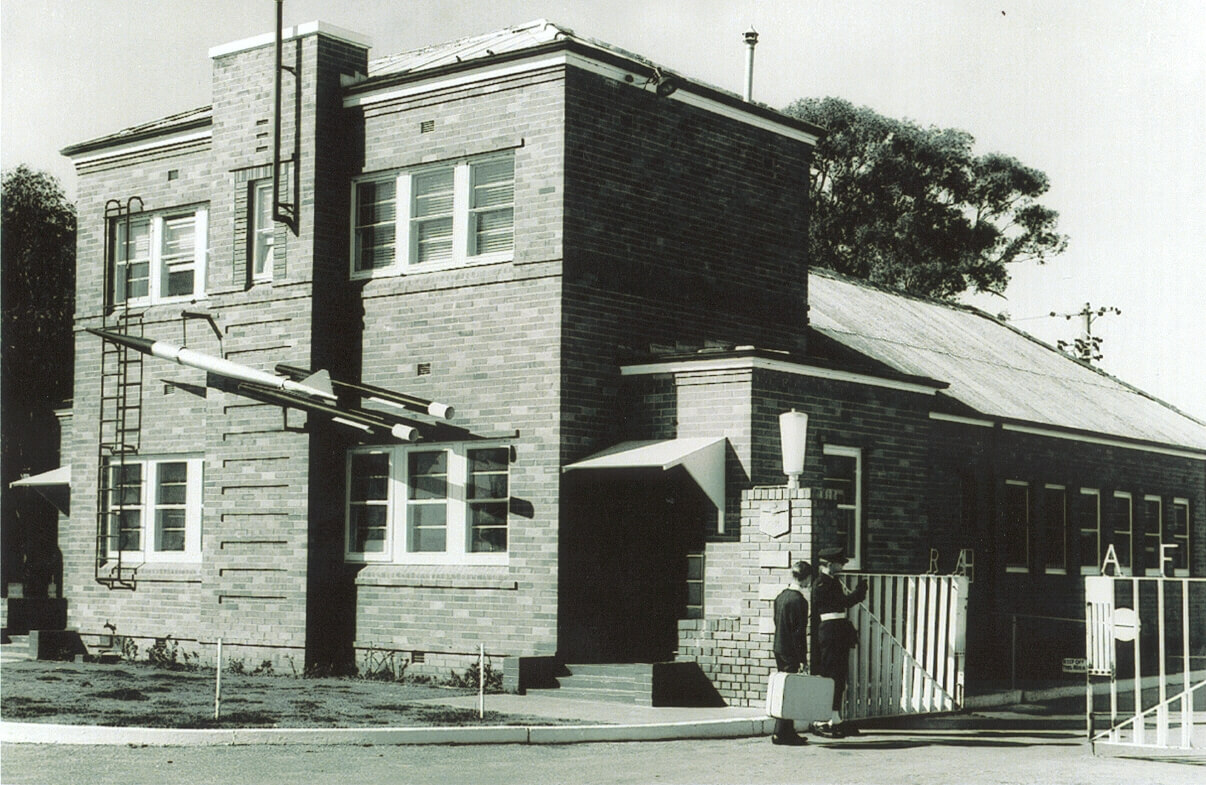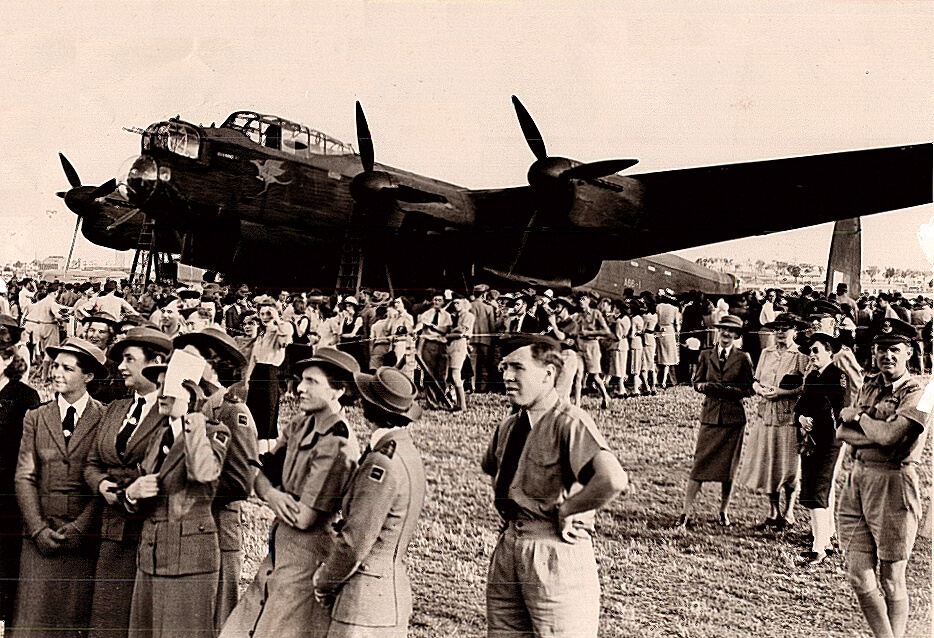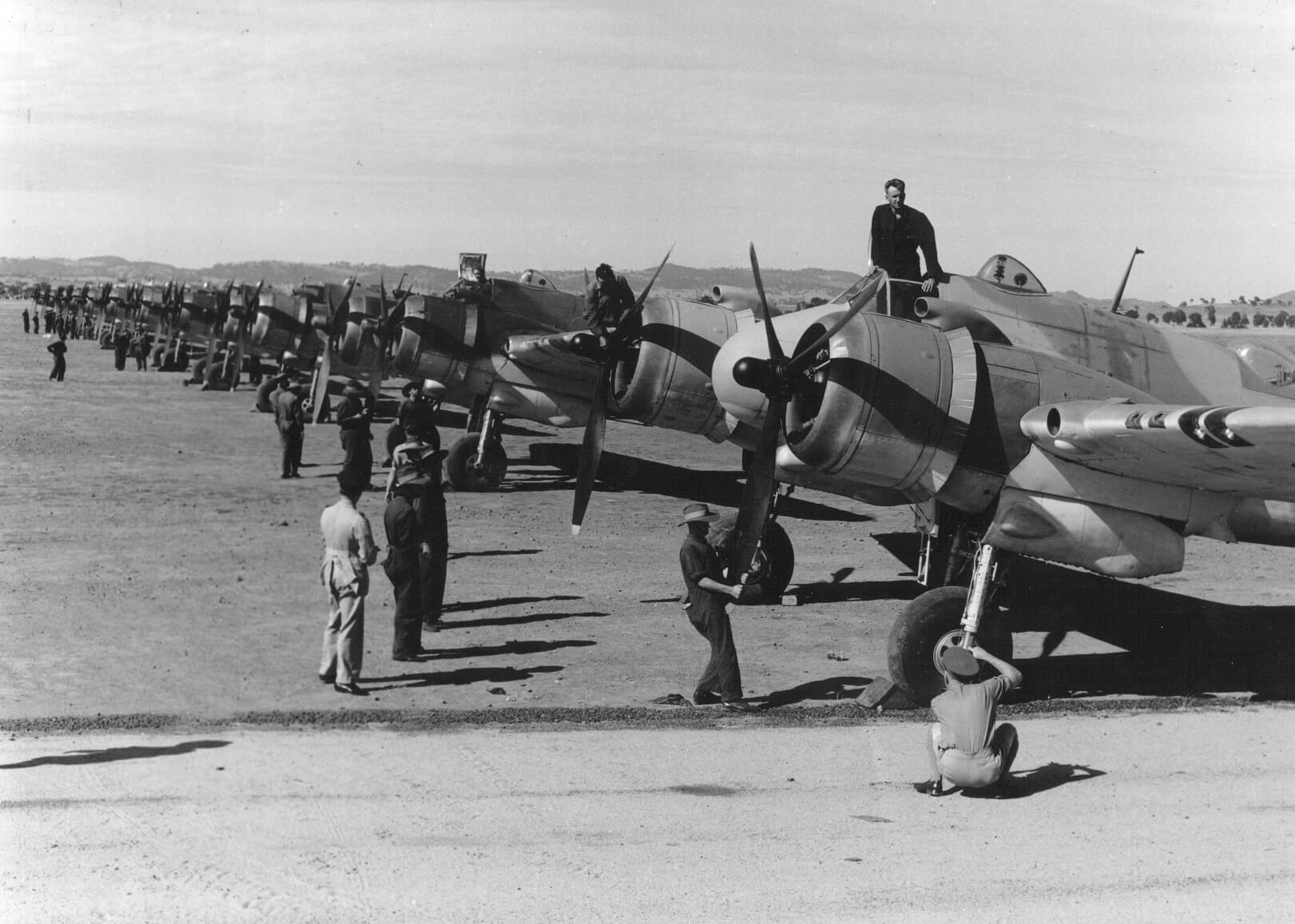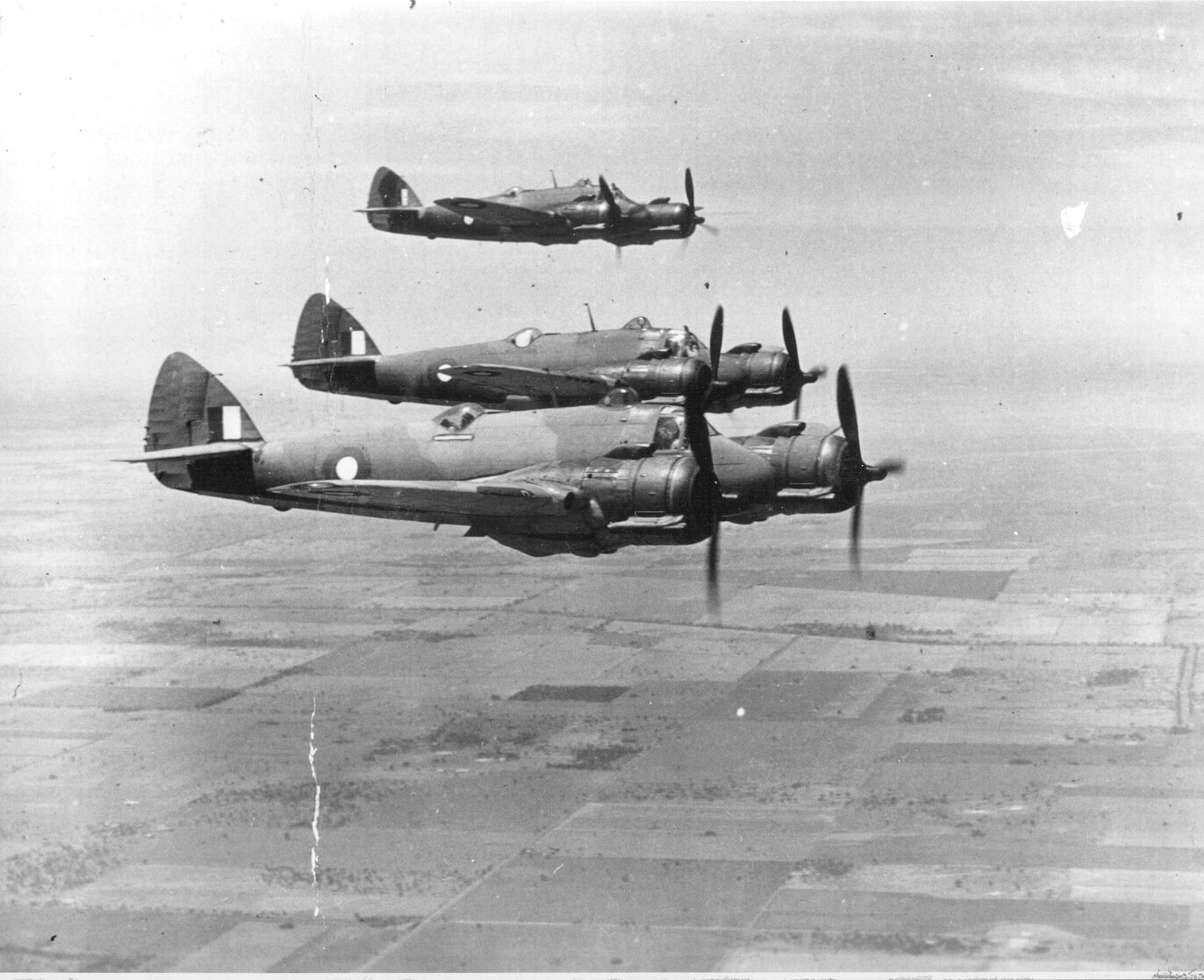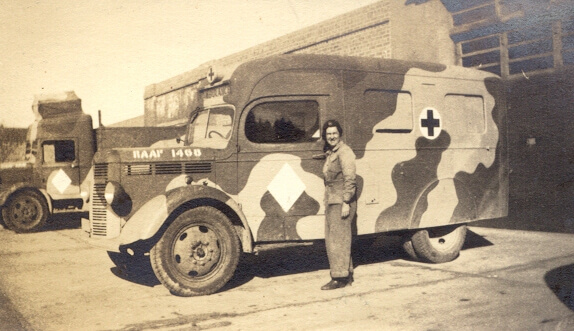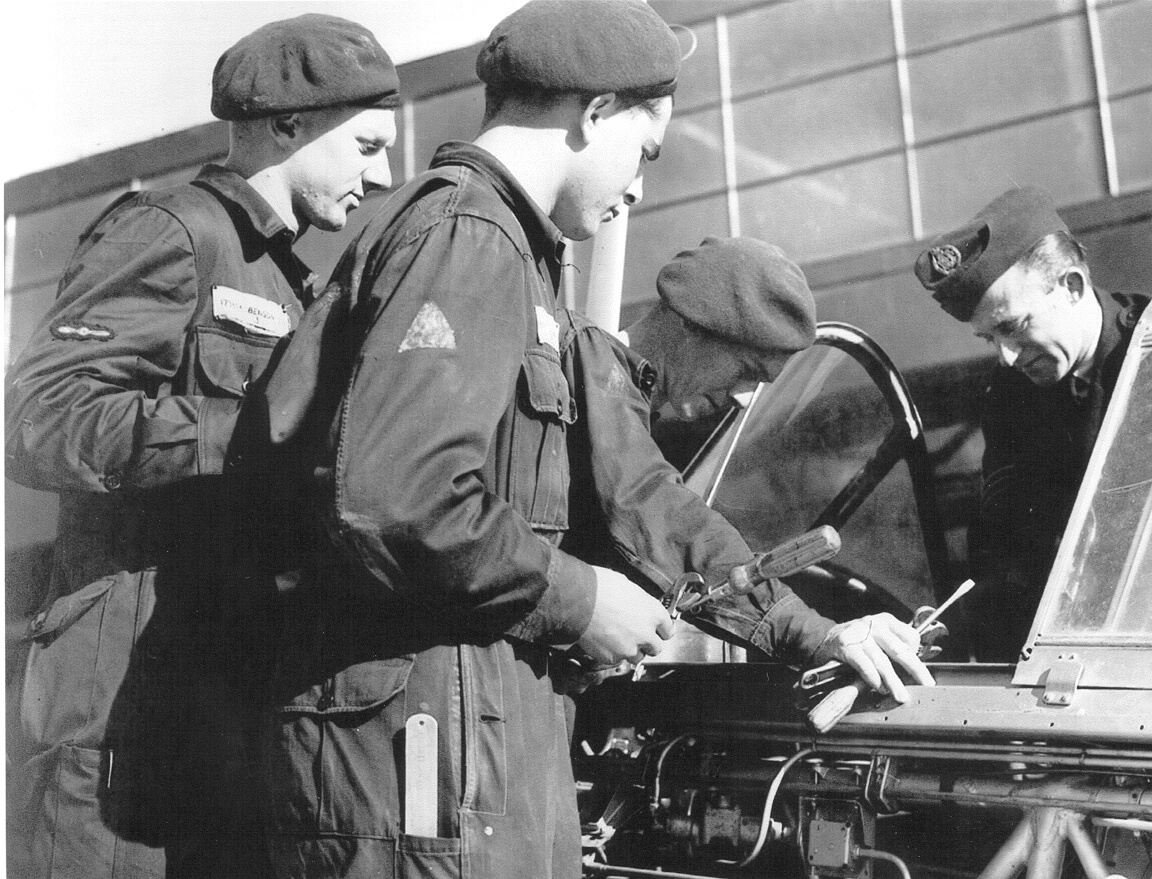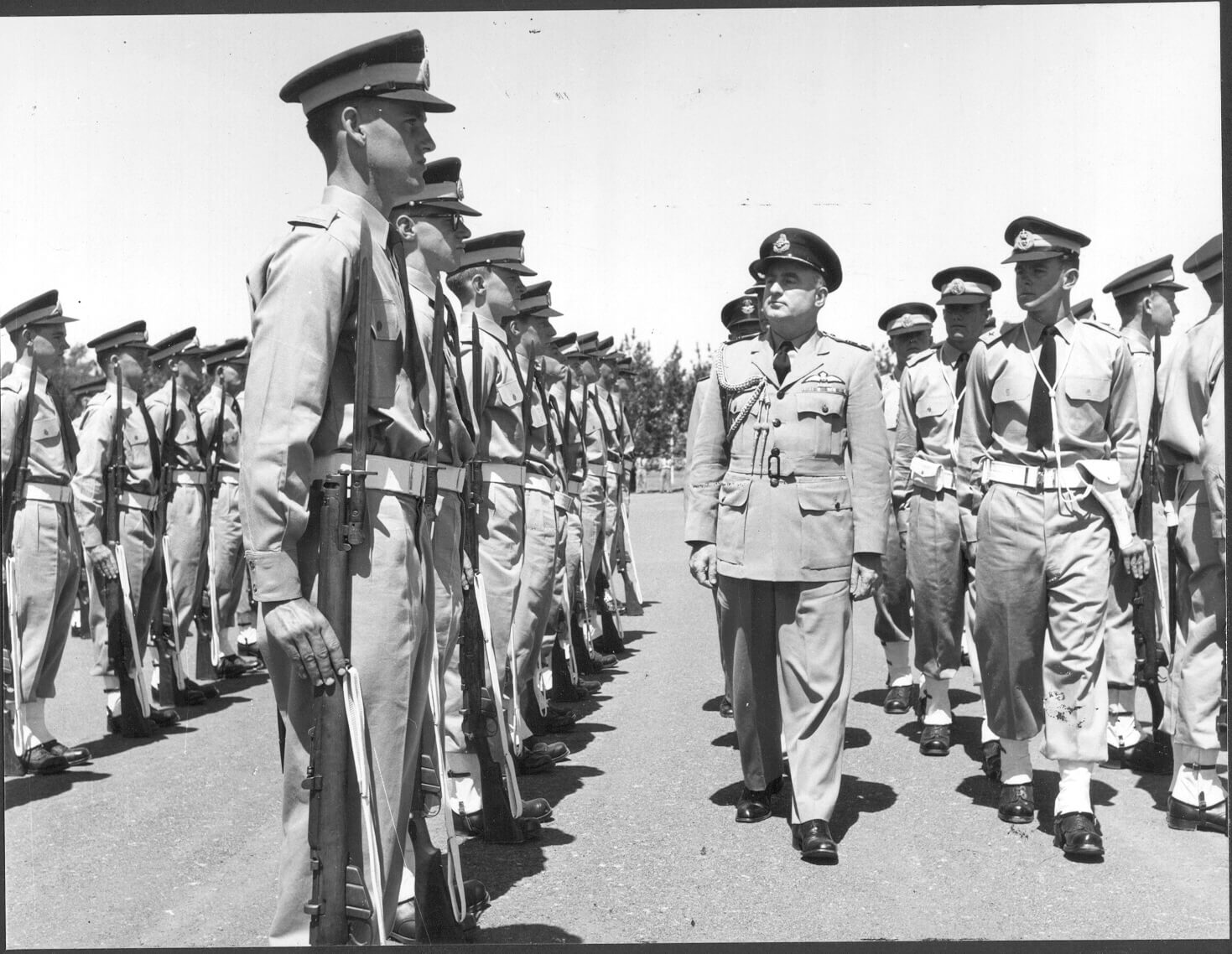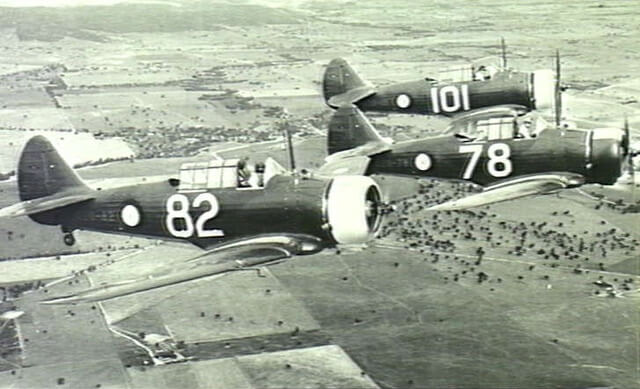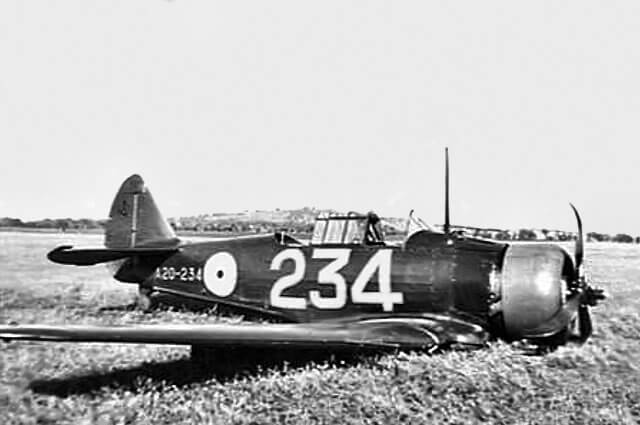History of RAAF Base Wagga
The origins of the Base can be traced back to May 1939 when Prime Minister Robert Menzies announced that Forest Hill outside Wagga Wagga would become the site of the RAAF’s new flying school (No 2 Flying Training School). The Air Board described the area as being suitable in terms of climate, geography and accompanying infrastructure that included a road passing the site to join the main Melbourne-Sydney/Canberra road and a railway siding nearby. RAAF Station Forest Hill became part of the larger Empire Air Flying Training Scheme (EATS) in the Riverina, which in turn was part of a network of flying training across the Commonwealth. The Riverina units comprised of 10EFTS at Temora, 1 Air Observer School at Cootamundra, 5SFTS at Uranquinty, 7SFTS at Deniliquin and 8EFTS at Narrandera. RAAF Base Wagga is the only Base from the impressive Riverina war effort still operational today. In 1942, Headquarters No2 Training Group was established at Romano’s Commercial Hotel in Wagga Wagga to co-ordinate flying training at the RAAF Schools across the Riverina. This site still operates as a hotel today, but there is little evidence of its strategically important past.
The Riverine Club served the Forces by providing exceptional messing facilities for the officers. The Riverine Club still welcomes military officers as honorary members.
It was intended from the outset that Forest Hill was to be a permanent base with the main functional areas built of brick (such as the guardhouse - now the Heritage Centre) but with the pressures of war and the rapid expansion of the RAAF many temporary wood structures were built. The Officers Mess is a lasting legacy to the style and type of ‘temporary’ building erected during the war. Building commenced in 1940 and it is a testament to the war effort that by 01 July 1940, the basic infrastructure was in place for No 2 Flying Training School (2FTS) to commence flying operations with Wirraways and Ansons. RAAF Station Forest Hill was symbolically commissioned on 31 July 1940 when Commanding Officer WGCDR F.R.W Scherger hoisted the RAAF Ensign for the first time (later Air Chief Marshal Sir Fredrick Scherger KBE, CB, DSO, and AFC and ultimately rose to Chairman of the Chiefs of Staff Committee from 1961-1966).
Another famous Airman to serve with 2FTS was William (Bill) Newton who was awarded a posthumous VC for service with 22SQN in New Guinea in 1943. PLTOFF Newton was posted into 2FTS on 16 Dec 1940 as a flying instructor and departed RAAF Base Wagga as a FLTLT on 5 Nov 1941, for the short trip to the newly established 5SFTS at Uranquinty. The main thoroughfare on the base is named in deference to Newton’s service to the Base and his country. Other renowned graduates of 2FTS were John Gorton who would become Prime Minister in 1968 and Clive Caldwall (later GPCAPT DSO, DFC and Bar) who was the leading Australian air ace of World War 2 with 28.5 enemy aircraft accredited as shot down. 2FTS moved to Tocumwal on 20 Oct 1943, ending the era of intermediate flying training at RAAF Base Wagga.
Other flying units were raised and/or rotated through the Base during the war. On 30 Mar 1942 the USAAC 4th Air Depot arrived to provide ground support and prepare for the arrival of 70th Bombardment Squadron on 21 Apr 1942. The impressive four engined B-17 bombers only lodged at the base until 16th May when they hastily departed for the Pacific. The lasting legacy of the Americans was the building of Hangar 84, which is still the largest single structure on the Base and is renowned for the largest expanse of parquetry flooring in the southern hemisphere. More short lived lodgers were No.’s 60 and 61 Reserve Squadrons formed in Jan 1942 to give staff pilots training on operational tactics. No 60 Squadron moved to Cootamundra in Feb 1942 and 61 Squadron was disbanded. In August 1942 No. 31 (Intruder) Squadron Beaufighter pilots formed at the Base under the Command of Squadron Leader Charles Read (later Air Marshall Sir Charles Frederick Read, KBE, CB, DFC, AFC) in order to conduct their pre-deployment flying training. The squadron was transferred to the Northern Territory in November 1942. In deference to the significant war effort of 31 SQN and the close association with the 31 SQN veterans, the Base Support Unit was renamed to 31SQN (City of Wagga Wagga) in July 2010. RAAF Base Wagga is now 31 SQN veterans’ home base as it symbolically represents the roots of the Squadron. In January 1942 No.5 Operational Training Unit was formed at Forest Hill to train bomber pilots and navigators for service in World War 2. 5OTU was transferred to Tocumwal in October 1943 ending the familiar sight of war planes over the skies of Wagga.
The enduring legacy for the Base was created with formation of No.5 Aircraft Depot on 23 Mar 1942. 5AD’s role was to repair and service aircraft and receive aircraft from the factories and prepare them for front line duties in the Pacific theatre. The massive resources required for these maintenance and engineering functions precipitated significant expansion of the base. By 1944 the unit had a strength of 59 officers, 1687 airman and 227 airwomen – the largest contingent of any unit over the history of the Base. Significant hospital facilities were established when No 1 RAAF Hospital moved from Laverton VIC in 1942. The original brick building stood the test of time and was only recently demolished.
5AD was disbanded in 1946, but the engineering facilities (including the Bellman Hangars) were an attraction for the engineering training schools which were being disbanded around the country. In March 1946 No.1 Engineering Training School moved to RAAF Base Wagga from Ascot Vale in VIC and was renamed RAAF Ground Training School. This established RAAF Wagga’s new role as the centre for aircraft trade training in the Air Force. The unit was renamed RAAF School of Technical Training (RAAFSTT) in 1952. The unit is acknowledged as the oldest continuous training unit within the RAAF as it has been continuously graduating aircraft technical personnel to the Australian Defence Force and other nations since 1948. The Air Force Apprentice scheme operated until and 1993 with thousands of young men and women trained at RAAFSTT. Apprentices commenced training at age 15 (later changed to 17) and remained at RAAF Base Wagga for up to three years before graduating as highly regarded tradespeople. Life wasn’t easy for the young men (later women as the first female apprentice graduated in Dec 1987) as they had to contend with separation from family, the military lifestyle and climatic extremities of Wagga. Once they acclimatised, some had the confidence to try and circumvent the system with shenanigans which are still legendary amongst the many intake reunions. Today a different era of technical training takes place with shorter courses more aligned to national training standards delivered by contracted instructors.
The success of post-war technical training spurred the Air Force to initiate a variety of other trade and job related training activities on the Base. From March 1956 to July 1957 No.4 National Service Training Unit was established on the Base. The National Service Act provided for compulsory call-up for males 18 years and over for a period of 176 continuous days in response to conflicts in Korea and Suez crisis. The RAAF Wagga Nasho’s mainly undertook trade affiliated trade training within RAAFSTT. From 1954 RAAFSTT was responsible for Junior Equipment and Administration Training (JEAT). This non-technical training role gradually expanded to a point in 1996 which facilitated the formation of an independent unit, RAAF School of Clerical and Supply Training (later School of Administration Logistics Training - RAAFSALT).Instructor training was once embedded within RAAFSTT, but formed an independent unit from 1985 until 2004 which included airmen and promotional training. Instructional training function was then morphed into RAAFSALT when the unit was disbanded. The School of Post-Graduate Studies moved from Melbourne to Wagga in 2002 and now conducts all the promotion training for airmen and officers. Base Squadron Wagga was formed in 1956 to support all the Base activities. Today this task is performed jointly by No 31 (City of Wagga Wagga) Squadron and Defence Support. Wagga. No.1 Recruit Training Unit (1RTU) was based at RAAF Wagga from Dec 1960 until May 1964, when it was relocated to RAAF Base EDINBURGH in SA. In a twist of historical fate 1RTU returned to RAAF Wagga in 2007, to occupy a purpose built facility which signified the largest infrastructure development and capital expenditure of the Base in the post war period.
The biggest post war challenge for the Base occurred on April 17 1997, when the Minister for Defence announced to the local community his intention to close RAAF Base Wagga as part of a rationalisation of the Australian Defence Force. This announcement precipitated a quick and very vocal reaction by the Wagga community. An almost instant galvanisation of broader support was echoed through all levels of the community and passed onto military officials and the politicians through the ‘Save Our Base Task Force’. By 2000 this decision was rescinded and the Base is now unimpeded in continuing to support the training needs of the Australian Defence Force and reinforcing the social and economic relationships with the local community. This vocal community galvanisation reflects how RAAF Base Wagga has always had a close association with Wagga, whether assisting at civic events, charity fund raising and disaster relief (most recently the 2012 floods) or the myriad of clubs or associations members participate in. In turn Wagga has equipped, fed, entertained, accommodated and hosted RAAF personnel and families. More recently the community has provided the Base with a viable workforce as more defence functions have been contracted and civilianised.
Since 1940 personnel from RAAF Base Wagga have served their country with distinction with impact felt in conflicts ranging from the skies over of Europe and Pacific through to the dust and heat of Afghanistan. RAAF Base Wagga will continue to provide the training and skills that are the foundation on the ADF with its philosophy of ‘Airpower Starts Here’. RAAF Base Wagga is now the largest ground training base in the RAAF servicing not only the training needs of the Air Force, but also the Army and Navy and some regional defence forces. All airmen and officers sometime in their career will attend at least a couple of the courses at RAAF Base Wagga.
Wing Commander David Lavicka Base Historian
History of RAAF Base Wagga
- Construction of the RAAF Base during 1940. Most of these buildings are still standing and utilised on the base.
- An American B-17 of the briefly lodging 70th Bombardment Squadron 1942
- Beaufighters of No. 31 SQN over the Riverina 1942
- One of the countless parades by ‘Appies’
- The gateway for a young apprentice early 1950s. One of the first (and lasting) permanent buildings on the base.
- Wirraways of 2FTS over the Riverina 1940
- Post war activity of disposing of aircraft. Made for many misadventures for the Appies.
- The technical training continuum with jet aircraft to work on
- WAAFS at 5AD during WW2. Provided the RAAF with a skilled and proficient labour force
- No.1 RAAF Hospital in 1942
- Appies of 1950s working on their modern aircraft
- One of the many war time crashes due to variables of flying training c. 1942. RAAF Station Forest Hill experienced significant fatalities through the rush to provide the nation with trained pilots.
- Aerial view of the Base c.1942. The majority of infrastructure backing onto the sirfield (middle of photo) still exists and is utilised today
í
